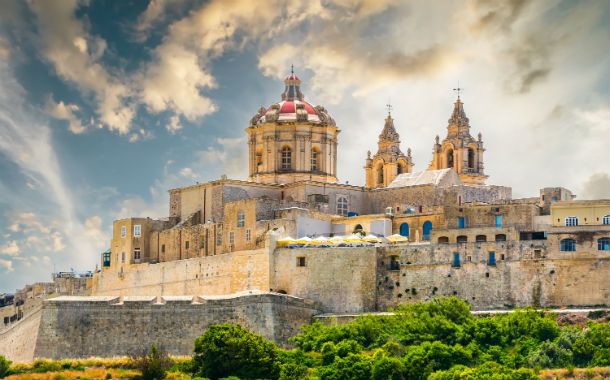Perched atop a plateau in Malta lies Mdina, an ancient fortified city dating back a remarkable 4,000 years. From the day the city's first stone was laid up until medieval times, Mdina was the capital city of Malta. Its location gives it panoramic views across the island from all directions.
The city of Mdina (pronounced um-DEE-na) was founded by the Phoenicians circa 1000–700 BC. For those of you not historically-inclined, the Phoenicians was an ancient civilization in Canaan which covered most of the western, coastal part of the Levant (eastern Mediterranean). Back in their day, the island of Malta was called Maleth. The Phoenicians used the island and its sister islands of Comino and Gozo as stopping points on their trade routes. In 870 AD, the Fāṭimid Dynasty gained control of Malta before the Normans took charge in 1091 AD. Finally, in 1530, Malta was ruled by The Order of The Knights of St John. After the Great Siege of Malta in 1565, the Knights moved Malta’s capital to what is now Vittoriosa. In 1571, Valletta was named the capital city of Malta.
Perhaps it was that emptiness that led to Mdina being called the Silent City. Once the capital left Mdina, it became a virtual ghost town.
Today, the majority of the palatial residences of Mdina have been passed down through the generations. Approximately 250 people live within the walls encompassing an area of 0.9 square kilometres. The narrow, dimly lit streets have hidden doorways that open to Norman and baroque abodes, some of which have 20 rooms or more. Businesses have strict noise restrictions, and cars are also strictly limited. Visitors are expected to adhere to the noise restrictions in this ‘Silent City’, but fortunately, this adherence appears to come naturally, as stepping through the gates of Mdina is like stepping back in time.
